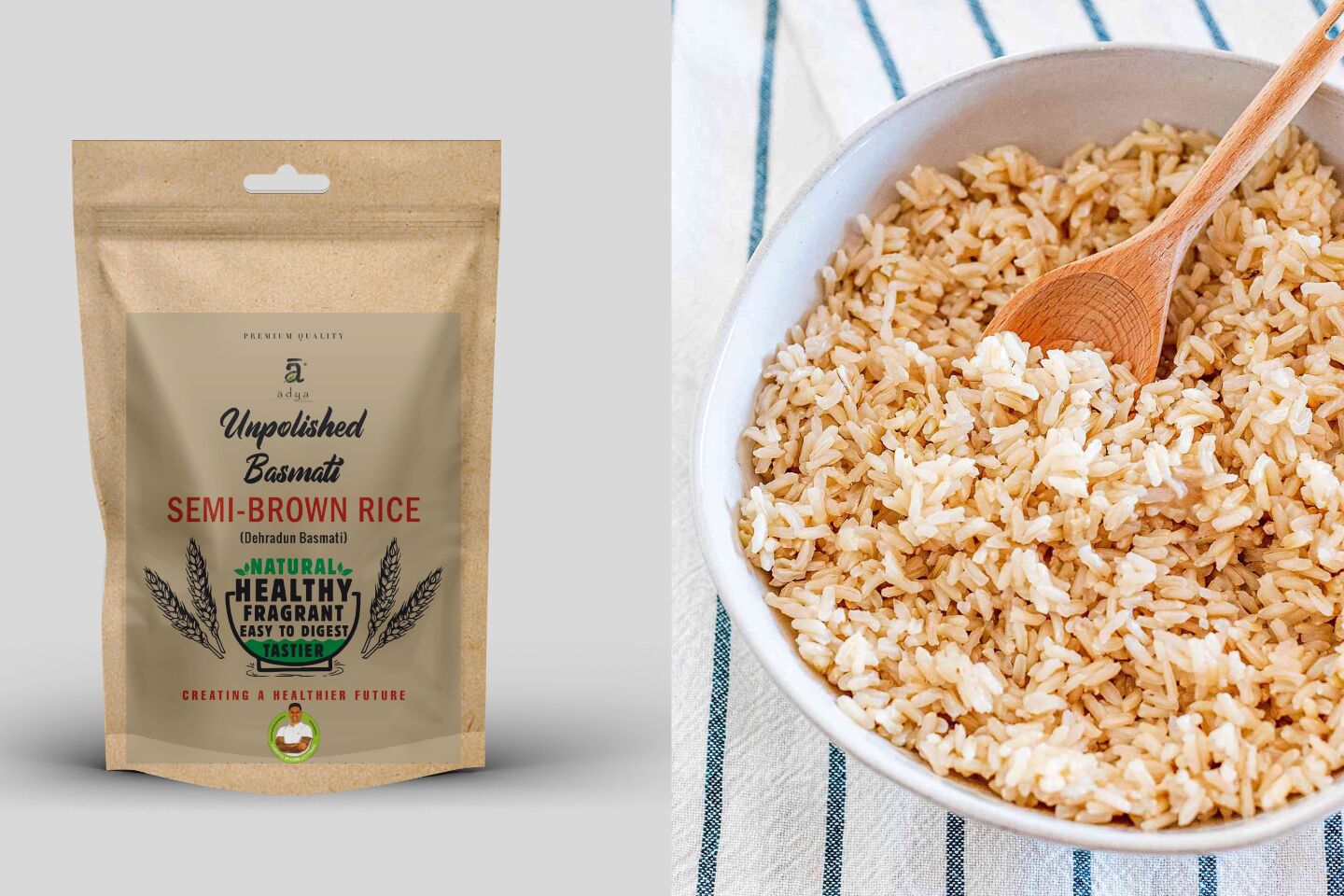Here is Why Switching to Parboiled Basmati Rice is a Healthy Idea!

No matter the number of dishes you prepare, the ultimate star of any menu is rice. Culturally, gastronomically and ecologically, India is intrinsically linked with rice. Reports suggest that India is home to more than 6000 varieties of rice – yes, you read that right! Rice has always reigned supreme in any South Asian cuisine. However, one rice variety that has become synonymous with India is basmati rice. And health and wellness experts like Luke Coutinho believe that the potential benefits of parboiled basmati rice far outweigh normal basmati rice. Let’s see why parboiled basmati rice comes with the approval of Luke Coutinho.
What is Basmati Rice?
Harvested in the foothills of the Himalayas and fed by the mineral-rich rivers, basmati rice is undoubtedly the ‘king of rice.’ This fragrant-rich rice variety is well-known for its inimitable appearance, aroma, and flavor. Basmati rice has a unique fragrance, making it ideal to prepare savory dishes by infusing cardamom, saffron, bay leaf, mace, cinnamon, and more. In general, basmati rice has a warm and nutty flavor that lingers on the taste buds. Visually, the rice is long-stemmed, thin, and non-sticky. Basmati rice is, no doubt, a crowd-pleaser, having ardent fans from all over the world. Yet, how about its healthier version, the parboiled basmati rice? How does it fare against the usual basmati variety?What is Parboiling?
Parboiling means partially pre cooking rice by soaking, steaming, and drying the rice while it still retains its outer shell. The husk makes the parboiled rice gain a yellowish hue. The process of parboiling makes the rice fluffier, less sticky, and gains more texture. Yet, the most potent difference between normal rice and parboiled rice is its health benefits.Features – Normal Basmati Rice Vs Parboiled basmati rice
| Basmati Rice | Parboiled Basmati Rice |
| Has low to medium glycaemic index – less compared with white rice | Has a lower glycaemic index than ordinary basmati rice. |
| Better for diabetic people as basmati rice gradually increases blood sugar levels. | Contains resistant starch which doesn’t release glucose into the body |
| Compared with white rice, basmati rice has higher concentrations of fiber and protein | Parboiling basmati rice increases its potent fiber content and adds fewer calories, fewer carbohydrates, and more protein to your body. |
| Basmati rice is a better version than white rice. | Parboiled basmati rice is a healthier version of basmati rice since parboiling alters the rice at its molecular level. |
Nutrition – Normal Basmati Rice Vs Parboiled Basmati Rice
Let’s compare uncooked basmati rice with uncooked parboiled basmati rice.| Nutrition | Basmati rice | Parboiled basmati rice |
| Energy Kcal | 378 | 344 |
| Protein | 8.89 g | 8.89 g |
| Carbohydrates | 73 g | 80 g |
| Total Dietary Fiber | 4 g | 0 g |
| Total Lipid Fats | 2 g | 0 g |
| Sugar | 0 g | 0 g |
